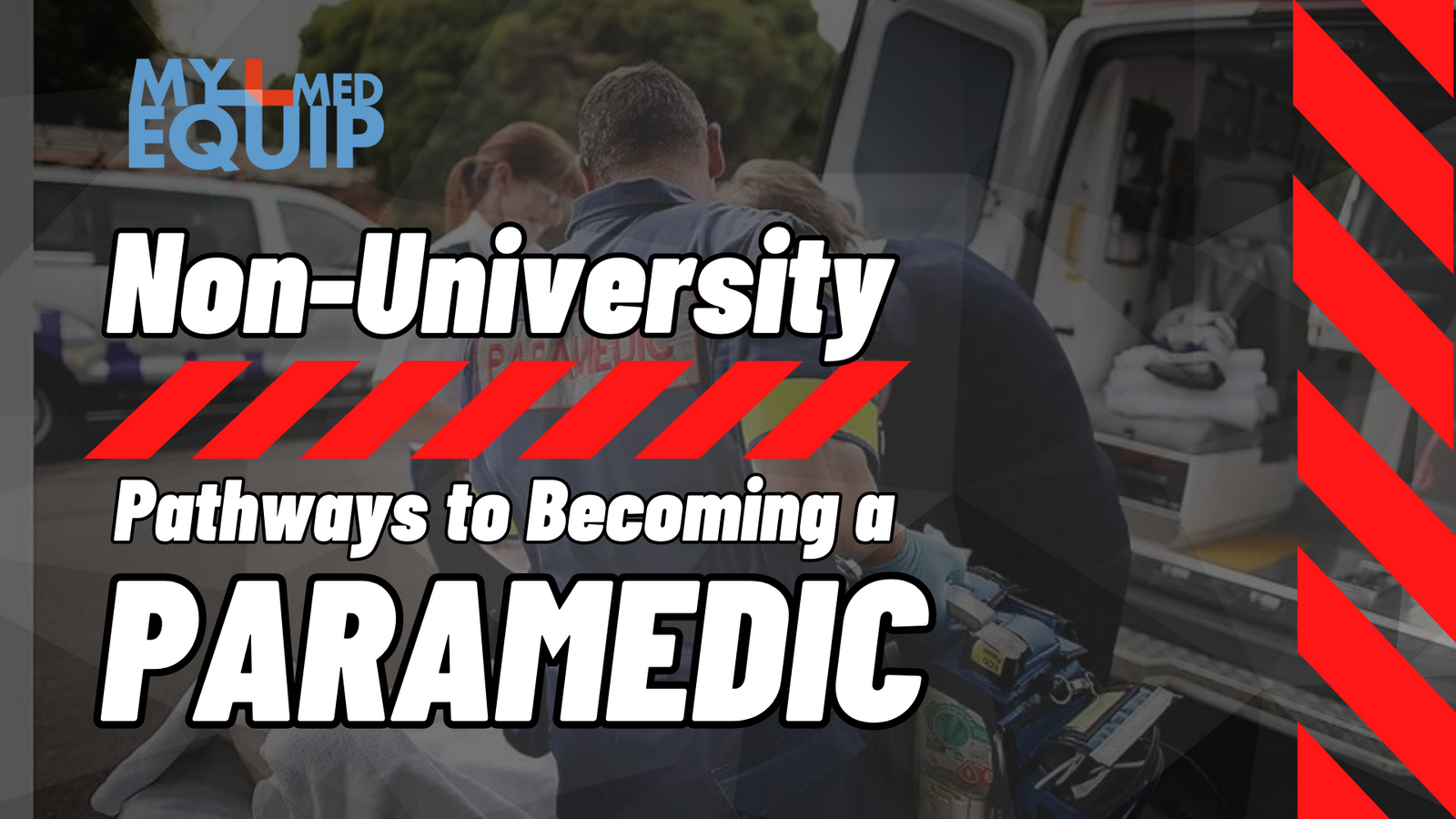Introduction
Becoming a paramedic in Australia is a rewarding career choice for those who are passionate about helping others and making a difference in their community. While many people assume that a university degree is the only pathway to becoming a paramedic, there are alternative routes to consider. In this blog, we will explore the non-university pathways to becoming a paramedic in Australia, provide valuable insights into the steps you need to take to achieve your career goals, and list specific organisations that offer the courses mentioned.
- Vocational Education and Training (VET) Pathway
One of the most popular non-university pathways to becoming a paramedic in Australia is through Vocational Education and Training (VET). VET courses, such as the Diploma of Paramedical Science or the Diploma of Emergency Health Care, provide students with the practical skills and knowledge required to work as a paramedic. These courses are typically offered by Registered Training Organisations (RTOs) and can be completed in 12-24 months, depending on the course structure and your availability. Some RTOs offering these courses include:
- Australian Paramedical College (APC): https://apcollege.edu.au/
- College of Health and Fitness: https://www.cohaf.com.au/
- Royal College of Healthcare: https://www.royalcollege.edu.au/
- Ambulance Service Traineeships
Another non-university pathway to becoming a paramedic in Australia is through ambulance service traineeships. Some state ambulance services offer traineeships or entry-level positions that allow you to work as an Ambulance Transport Attendant (ATA) or Patient Transport Officer (PTO) while completing your paramedic training. This hands-on experience can be invaluable in preparing you for a career as a paramedic and can provide you with a unique insight into the day-to-day operations of an ambulance service. Some ambulance services offering traineeships include:
- Ambulance Victoria: https://www.ambulance.vic.gov.au/
- Queensland Ambulance Service: https://www.ambulance.qld.gov.au/
- St John Ambulance Western Australia: https://www.stjohnwa.com.au/
- Advanced Diploma or Associate Degree Programs
In addition to VET courses, some institutions offer Advanced Diploma or Associate Degree programs in paramedicine or a related field. These programs typically take two years to complete and provide students with a more in-depth understanding of paramedic practice. Graduates of these programs may be eligible for employment as a paramedic or may choose to continue their studies at the university level to obtain a Bachelor's degree in paramedicine. Some institutions offering these programs include:
- Victoria University: https://www.vu.edu.au/
- TAFE NSW: https://www.tafensw.edu.au/
- TAFE Queensland: https://tafeqld.edu.au/
- Recognition of Prior Learning (RPL)
If you have previous experience in the healthcare industry, such as working as a nurse or an emergency medical technician, you may be eligible for Recognition of Prior Learning (RPL). RPL allows you to gain credit for your previous experience and qualifications, potentially reducing the amount of time it takes to complete your paramedic training. Speak with your chosen training provider to determine if you are eligible for RPL and how it may impact your training pathway.
- Volunteering and Work Experience
While not a direct pathway to becoming a paramedic, volunteering and gaining work experience in the healthcare industry can be beneficial in preparing you for a career as a paramedic. Volunteering with organizations such as St John Ambulance or the Australian Red Cross can provide you with valuable first aid and emergency response skills, as well as the opportunity to network with professionals in the field. Some organisations to consider for volunteering include:
- St John Ambulance Australia: https://www.stjohn.org.au/
- Australian Red Cross: https://www.redcross.org.au/
Conclusion
Starting your journey to becoming a paramedic in Australia is an achievable goal, even without aiming straight at a university degree. By exploring non-university pathways such as VET courses, ambulance service traineeships, advanced diploma programs, and leveraging your prior experience, you can work towards a fulfilling career in paramedicine. Remember to research the specific requirements for your state or territory, as these may vary across Australia.
The Paramedicine Board of Australia (the Board) is responsible for the regulation of paramedics. An important element of regulating the profession is to ensure that only paramedics who possess the knowledge, skills and professional attributes to safely practise the profession are qualified for registration as a paramedics in Australia.
An applicant can be qualified by having either:
- an approved paramedicine qualification
- an accepted paramedicine qualification
- a paramedicine qualification(s) that is substantially equivalent to an approved qualification or based on similar competencies
- a relevant paramedicine qualification(s) and have successfully completed the paramedicine competency assessment required by the Board, or
- have been previously registered as a paramedic in Australia under the National Law.
View the Board's qaulification requirements here.
With dedication and hard work, you can make a difference in the lives of others as a paramedic.

